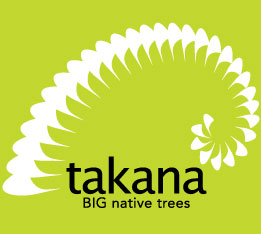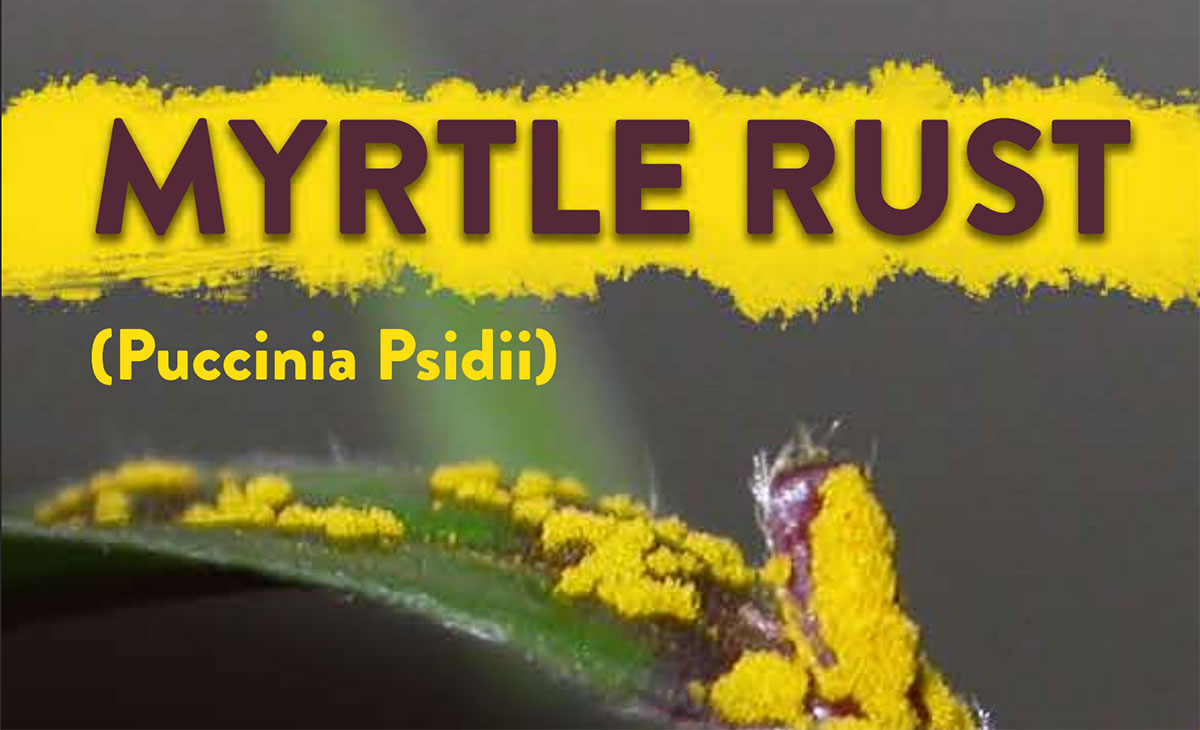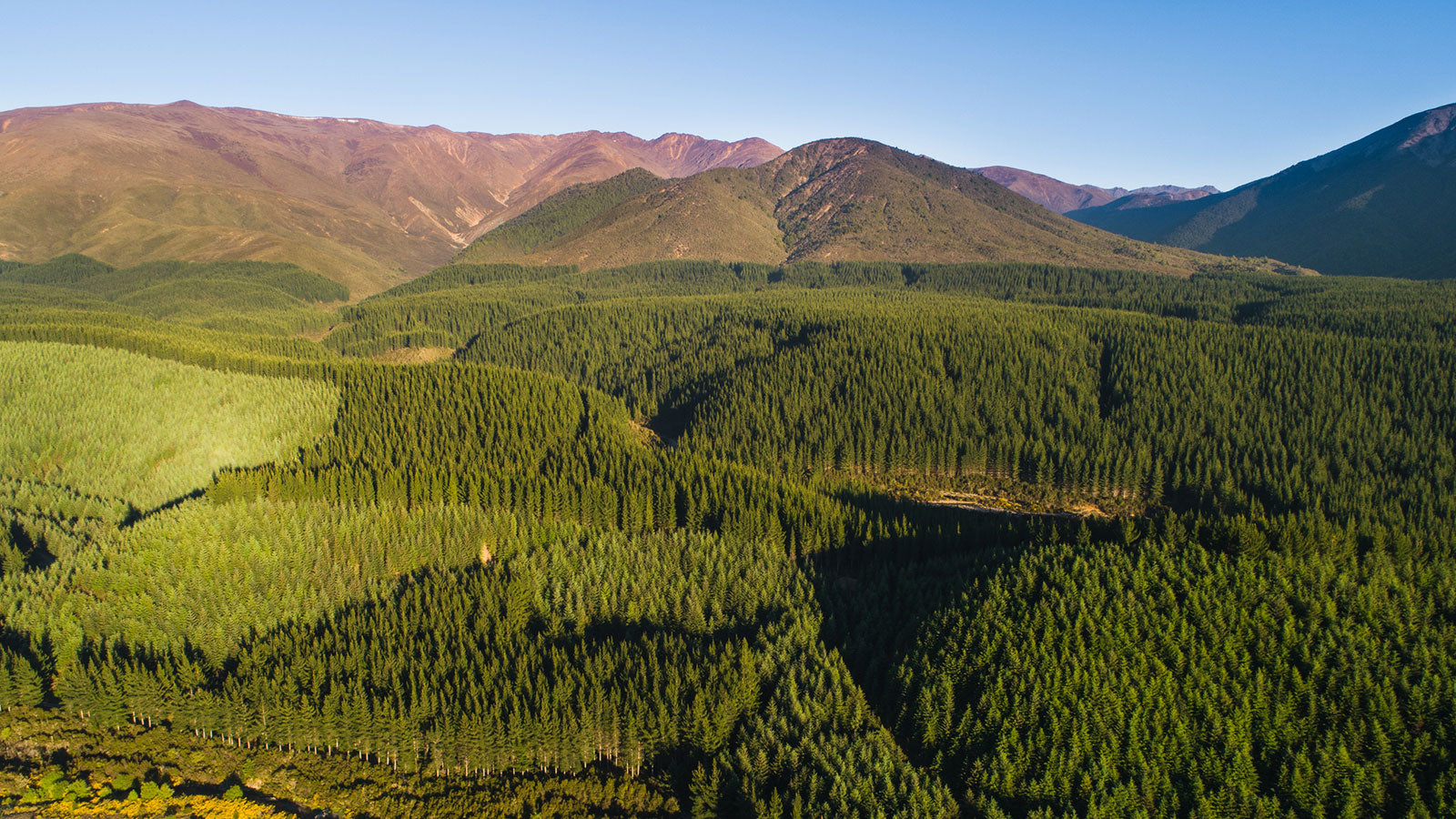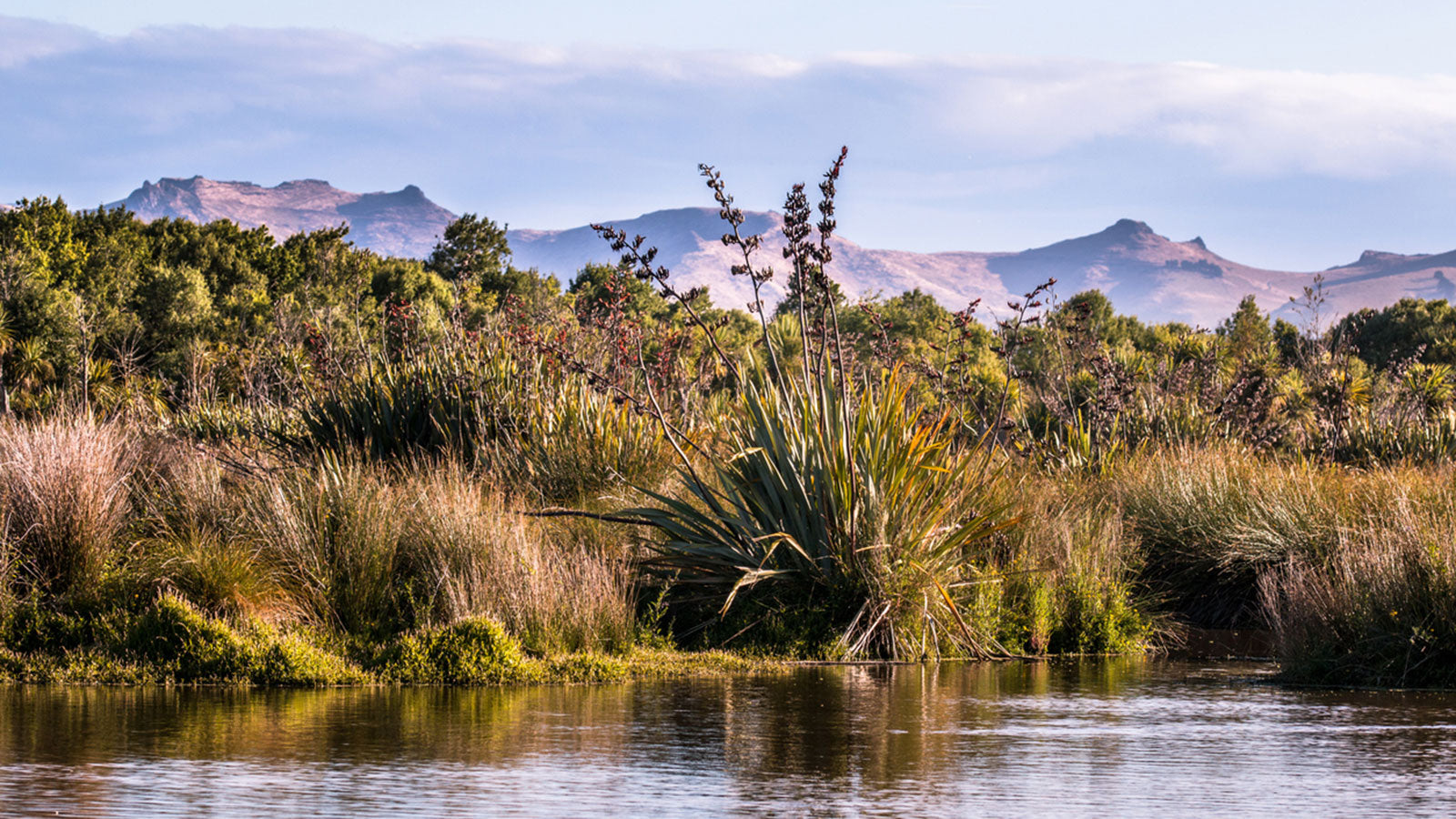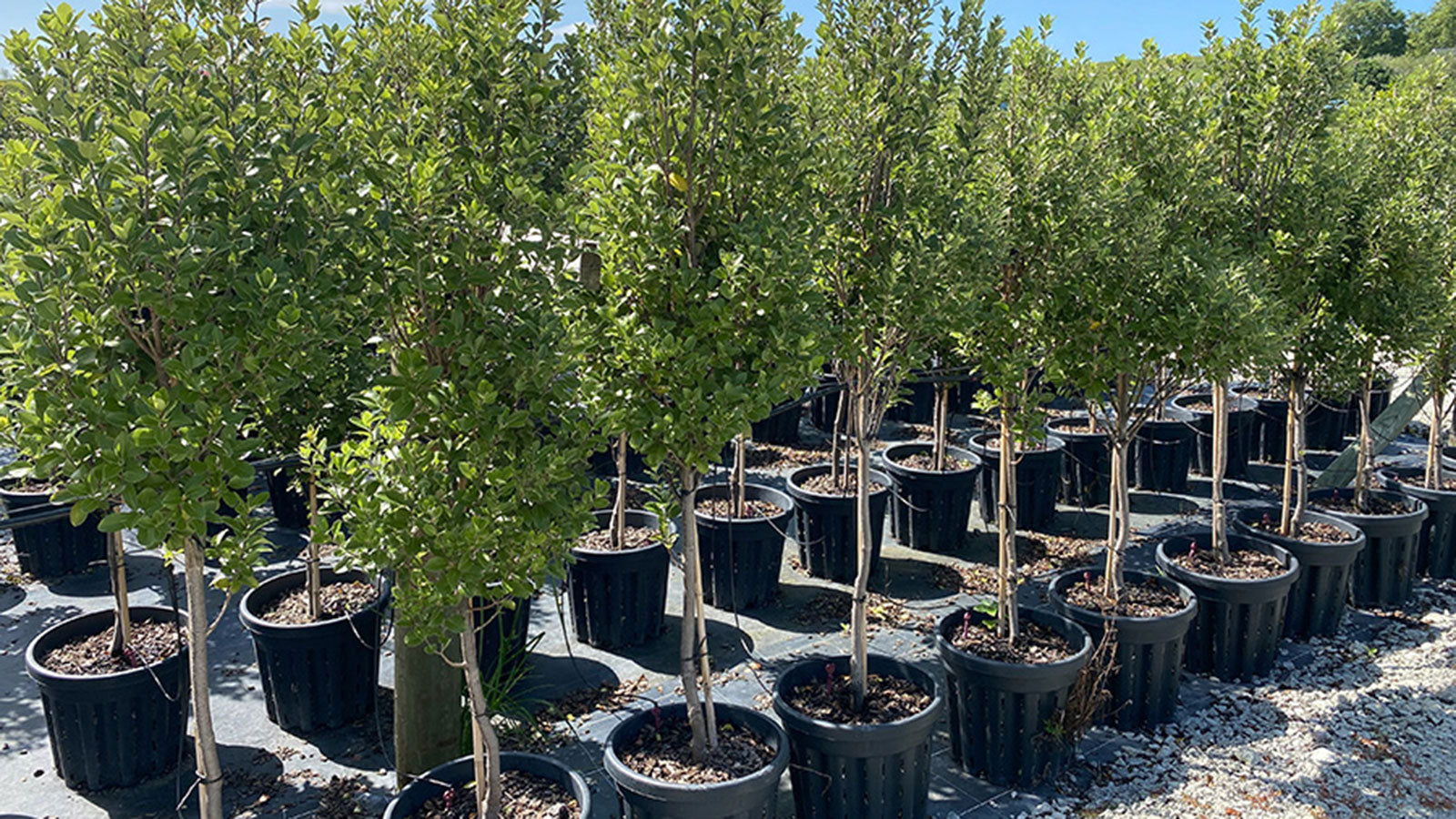Definition of Continuous Cover Forestry
Continuous cover forestry is usually defined as the use of silvicultural systems which maintain the forest canopy at one or more levels without clear felling. The requirement is the management of forests using ecological principles which mimic natural processes, to maintain the forest canopy at one or more levels, and to ensure that the forest will, as far as possible, be self regenerating. Because harvest removals are by single tree or small coupe fellings, other forest values are maintained and often enhanced. Continuous cover forestry is a sustainable system. Management activities like releasing, pruning, thinning, harvesting and regeneration are carried out continually or irregularly through the whole of the forest area. There is no clear felling of trees when they reach some pre-determined age.
During harvest, the felling of areas wider than two tree heights is avoided which means that felling coupes seldom exceed a quarter of a hectare in area. An important part of the process is the selection and maintenance of frame trees around which stands are built. Selection of frame trees concentrates on the better timber species, better quality trees, and those more suited to CCF practice. Management of the forest for such important environmental and social factors as biodiversity, natural ecological processes, landscape protection, recreation, and soil and water values are an important part of the process.
In a world becoming increasingly conscious of environmental degradation, continuous cover forestry should be regarded as a very viable option for forest management. This applies especially to growing high quality timbers as opposed to fibre wood growing.
Summary
CCF presents a research-based methodology for creating new forests or converting current forests to natives. With the advent of Carbon Credits for forests with continuous canopy, and consequent disincentives for harvesting – particularly the traditional practice of clear felling exotic forest – NZ forestry fundamentally needs to re-evaluate its methods and systems. CCF is a valid system for achieving relatively short-term conversion of single species forest into a regenerating permanent native forest.
(Excerpts from the Tane’s Tree Trust Publication (2008) of the same name by Ian Barton)
Conversion
Conversion of young, even-aged stands
If regeneration is present then the distribution of this is used as a guide for supplementary planting. If there is no regeneration, planting should be carried out using ecological knowledge of the species concerned. Opening gaps, underplanting with the desired species in groups, and then progressive thinning out the existing trees – to encourage the development of crowns in the desired species – is required.
Conversion of a mature forest
If possible, find stands within the forest or in neighbouring forests which embody the desired structure. From this, define the stands, and determine their timber volumes and growth rates. The initial aim should be the development of three forest strata – a canopy of dominant residual trees, the establishment of saplings of desired species, with their seedlings to follow. The layout of the extraction network must be considered before any harvest. One approach is to divide the block into more or less equal areas or coupes and harvest one area each year or so, replacing the trees with the desired mixture of species. In this way, 10% of the forest could be harvested each year for ten years, minimising visual impact, maintaining canopy, and removing the forest’s approximate annual growth increments. Another is the gradual thinning of surplus larger trees to create gaps into which desired species are able to grow – either from regenerating trees or new plantings. Periodic thinning of young plants is required, as is removal of heavy shade plants like tree ferns. Commercial harvesting of the assessed annual increment is then done annually or periodically.
Establishing the Continuous Cover Forest
New forest on bare ground
Native species have good potential for new CCF forests. Either single or mixed species forests can be considered, with nurse trees such as manuka and kanuka for shelter, weed suppression, creation of leaf litter, to provide required nitrogen, reduce frost, and encourage birds, with possible firewood income when thinned. Basic site preparation needs consideration including cultivation, soil improvement, weed control, and animal control. Some additional moisture in summer is a likely requirement. Once a site is fully stocked with seedlings, releasing (weeding) must be done as frequently as required.
What then is the future of CCF in NZ?
Because it is a management system which offers considerable benefit over and above timber production, it is predicted that it will become more common over time. CCF produces not just timber but also environmental and social benefits including improved biodiversity, protection of soil and water values, landscape enhancement, and more effective carbon sequestration. It is with native forestry that the major gains will be made. The forest owner who practises CCF provides these services, which offer a distinct advantage over clear felling. There is evidence to show that forests managed under CCF produce higher values for carbon sequestration, landscape, biodiversity, soil and water than clear-fell forests. It should be noted that NZ has a lack of research data about the ecology of so many of our native species, many of which are likely to be most appropriate for CCF. Of beech (mainly Nothofagus spp) and kauri (Agathis australis) we have reasonable knowledge. Of most of the other 35 or so quality timber species – each of which will add to the biodiversity of our forestry – there is much still to learn.
Harvesting
Several harvest methods are available including one, or a combination of:
- Ground based, such as tractor or rubber tyred skidder
- Cable system
- Aerial extraction by helicopter.
Issues to consider when choosing a harvesting system include:
- Selection method of single tree, small group or coupe of specified size.
- Steepness of site.
- Environmental considerations such as the potential for soil and water damage.
Combined with the above are legislative requirements, especially the requirements of regional and district plans and consideration of extraction method, roading and skid track patterns and costs.
Harvest methods
On reasonably flat country with less than 15 degree average slope, ground extraction is less expensive. On steeper country, helicopter extraction, although more costly, is better. Small haulers may have a role in some places. Ground harvest methods using horse and mini skidder which have low impact on the environment also have low production potential. They are applicable in small scale operations where the value of the timber is relatively high. Hauler systems have high productivity, but the greater impact on the environment restricts their use in continuous cover forestry. Skidders, which can also have negative environmental impacts, are only applicable on flat and easy country. Helicopter extraction is best, not only because of minimal damage to other plants and the soil, but also because the need for road construction is greatly reduced. However timber value must be reasonably high to permit helicopters to be economic.
Environmental Impact
There are two issues involved, the impact on the residual vegetation and the damage to soil and water values. Damage is reduced by choosing the best method for the job and using well trained operators. Helicopter logging extraction usually causes the least damage and tracked or wheeled skidders the most.
Roading
Continuous cover forests on easy country generally require a denser roading network than forests which are clear felled. Ground harvest methods involve extracting logs by hauling through the trees to the road, either by small skidder, agricultural tractor, mini skidder or horse. Roads must be built to a standard high enough to easily extract logs while protecting the soil from erosion. Unlike clear felling, where roads may only be heavily used once every 25 or 30 years, continuous cover forestry use will be lighter but more or less continuous.
Legislation
Land use consents
Prior to construction of roads and the clearing of vegetation from an area greater than a certain size, a land use consent may be required from the local regional council. Because continuous cover forestry only requires the felling of trees on very small areas, a clearing permit may not be needed.
Ownership
With the advent of the ETS, legislation in NZ as to the types and restrictions on forest ownership whether corporate, private, or trusts may be subject to further change. Because Maori land ownership is continuous it is an ideal vehicle for CCF.
Current Legislation
Many statutes have application to forestry in NZ, including the Climate Change Response Act (2002) amended in September 2008 and in November 2009.
Maintain & Manage
Maintain forest conditions and avoid clear felling
Clear felling of large areas of the forest will modify the forest floor to an unacceptable extent unless the species being regenerated requires reasonably high light levels. Continuous cover forestry processes must maintain the vertical structure of the forest. Beech forest may have only two or three strata but most New Zealand indigenous forests have four fairly clearly defined layers – dominant, sub-dominant, shrub and ground. Because the plants in each one are important parts of the eco-system their
